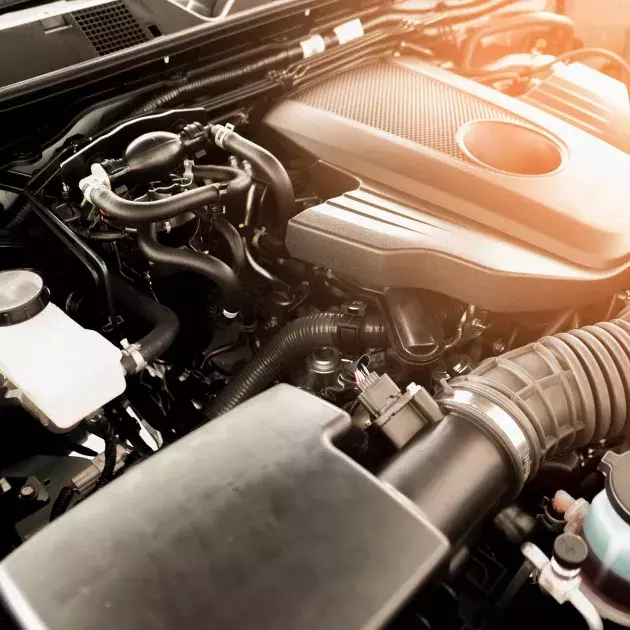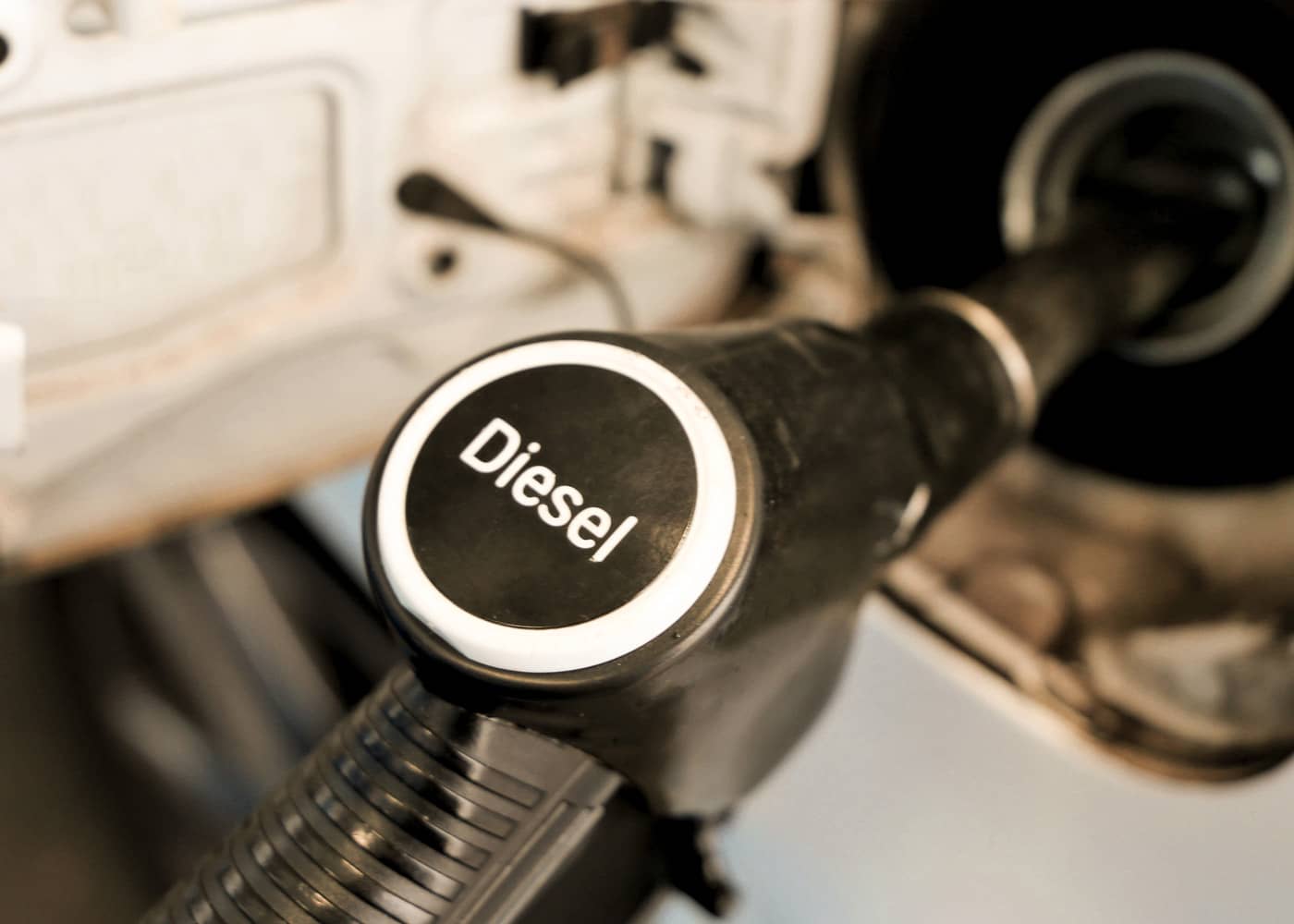
New article : The different types of engine
When looking at ranges of cars, it’s not always easy to find what you’re looking for. The sector has innovated enormously in recent years and the number of available engines is multiplying. Diesel, petrol, electric, hybrid or gas: each has its own advantages. It’s up to you to find the one that best suits your needs.
Internal petrol combustion engine (ESS)
- low particulate emissions
- significant reduction in emissions for the Euro6 standard
- suitable for suburban travel and better tolerated in cities (LEZ zones)
- new engine technologies have reduced fuel consumption
- the fuel sold at the pump is lead-free and contains 10% bioethanol
Diesel internal combustion engine (DSL)
- fossil fuel emitting less CO2 than petrol (-10%)
- Euro6d standard ensures compliance with emission standards
- LEZs will accept Euro6d Diesel until 2030
- always an interesting choice if you make long regular journeys and a large annual mileage
- Possibility of replacing fossil diesel with e-Diesel
- fuel sold at the pump contains biodiesel

Mild hybrid electric vehicle (MHEV)
- power assist provides a boost to the combustion engine when starting and accelerating
- very small battery with no need to recharge (energy recovery during deceleration)
- engine cut-off at standstill and coasting at idle
- some more efficient systems use a voltage of 48V
- reduces fuel consumption while maintaining the flexibility of the conventional internal combustion engine
Hybrid electric vehicle (HEV)
- an electric motor with a small battery helps the combustion engine
- the battery is recharged by recovering energy during braking and deceleration
- the electric engine can be used on its own to power the car at low speeds (30 zones, manoeuvres, traffic jams)
- runs 50% of the time on electric power in the city
- very easy to use and very flexible
- lower CO2 emissions and reduced consumption
Plug-in hybrid electric vehicle (PHEV)
- combines the advantages of an electric car and a combustion engine car
- can be driven in electric, combustion engine or hybrid mode (both combined)
- makes it possible to drive in the city without emitting CO2
- electricity range is sometimes more than 50km, or even 100km
- very easy to charge (takes less than one night when plugged into a wall socket)
- flexible and easy to use, without the stress of running out of charge

Compressed natural gas engine (CNG)
- fuel composed mainly of methane, natural gas
- can be completely decarbonised (e-CNG)
- always has an engine capable of driving on petrol (fuel reserve so you can continue without CNG)
- accepted in underground car parks
- less polluting and more economical (10% less CO2 than petrol)
Liquefied petroleum gas engine (LPG)
- gases consisting of propane and butane recovered during the distillation of crude oil
- with the new R67-01 standards, it is accepted in underground car parks
- no benzene and lower emissions of NOx, CO, particulate matter and unburned hydrocarbons
- very cheap fuel and a very good network of pumps

100% electric motor (battery electric vehicle – BEV)
- no engine emissions
- range depends on the model type; sometimes more than 400km
- possible to charge it at home
- (super)fast network of charging stations being fully developed (around 10,000 charging points in Belgium)
- very smooth, comfortable and quiet ride
Fuel cell electric vehicle (FCEV)
- uses hydrogen to produce electricity to power an electric motor
- range and fast to recharge (fill with hydrogen)
- only releases water
- no heavy battery
- network of stations under development in Belgium (10 points by 2022)
Article source : febiac.be
